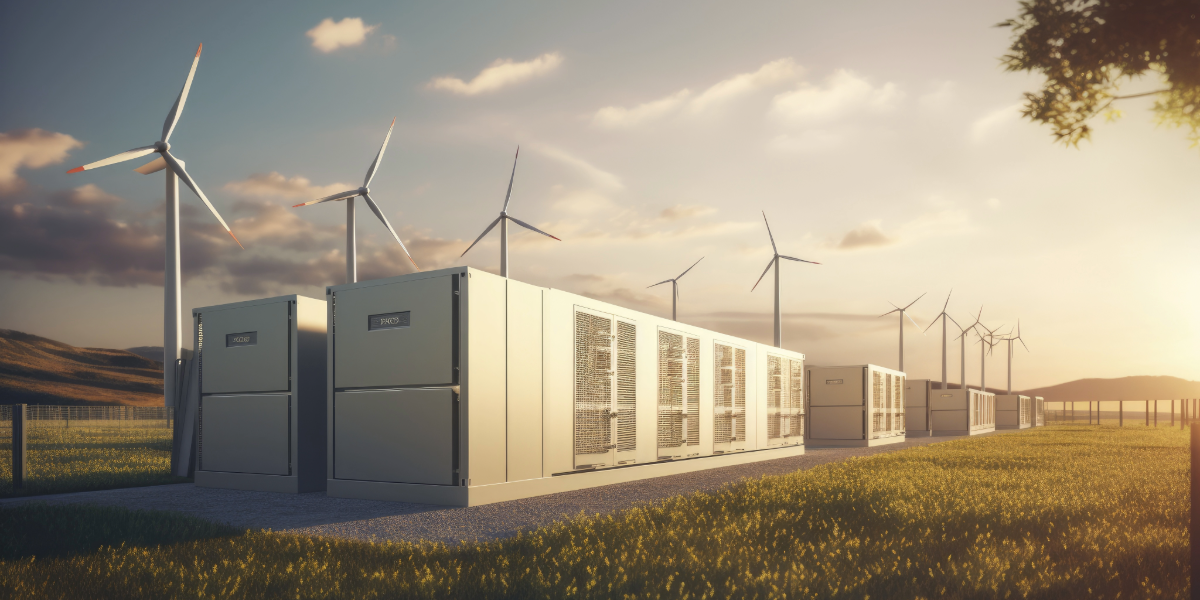Bulking up on renewable energy and big batteries – such as the BESS systems being installed at most of the renewable energy farms in the New England REZ – rather than nuclear and gas will solve Australia’s power problems, an industry body says.
Releasing a landmark report on long-duration energy storage today, Clean Energy Council chief executive Kane Thornton dismissed nuclear power as an “uneconomic technology” that was “a poor fit for Australia”.
Energy storage, coupled with large-scale renewable energy, was the fastest and lowest-cost way to meet consumer demand as the exit of coal generation accelerated, according to the report.
Further, achieving net zero by 2050 was inconsistent with developing new gas fields, so it was unclear where additional gas for gas-fired electricity generation would come from.
Underlying pipeline and gas supply constraints, forecast by the Australian Energy Market Operator, were also expected to limit the fossil fuel’s viability in the long term.
Energy storage has always been a critical part of modern electricity systems, with the Snowy Hydro Scheme commencing in 1973 to store and move water. The New England also has proposals for hydro storage systems in the Oven Mountain Project and the Dungowan project that was originally part of Walcha Energy.
But the council’s report suggests using various energy storage technologies alongside the lithium-based big battery “success story” and pumped hydro could keep costs down and support supply as renewables take over the electricity grid.
Policy expert Christiaan Zuur said emerging forms of alternative long-duration energy storage, or ALDES, support reliability by carrying significant volumes of stored energy over long periods of time.
“These substantial energy reserves are key to replacing coal generation as it exits the system,” he said.
Storing more energy could counteract periodic “wind droughts”, such as those that hit Australia’s southern states over the past month.
Using a variety of long-term storage assets could also deal with shortfalls known as “dunkelflaute”, an energy insider term from Germany used to describe days of winter doldrums when wind and solar generation are below par.
Redox flow batteries (RFBs), invented in Australia, were emerging as a “key energy storage contender”, with vanadium RFBs the best known, the report said.
The non-flammable technology, capable of storing and discharging energy over a 12 to 18-hour period rather than lithium batteries’ two-to-four hours, also has a safety profile that makes them ideal for cities with high volumes of rooftop solar.
Australia has the world’s second-biggest deposits of vanadium after China, and various projects are under way to build up a sovereign supply chain.
Like what you’re reading? Support The New England Times by making a small contribution today and help us keep delivering local news paywall-free. Support now


